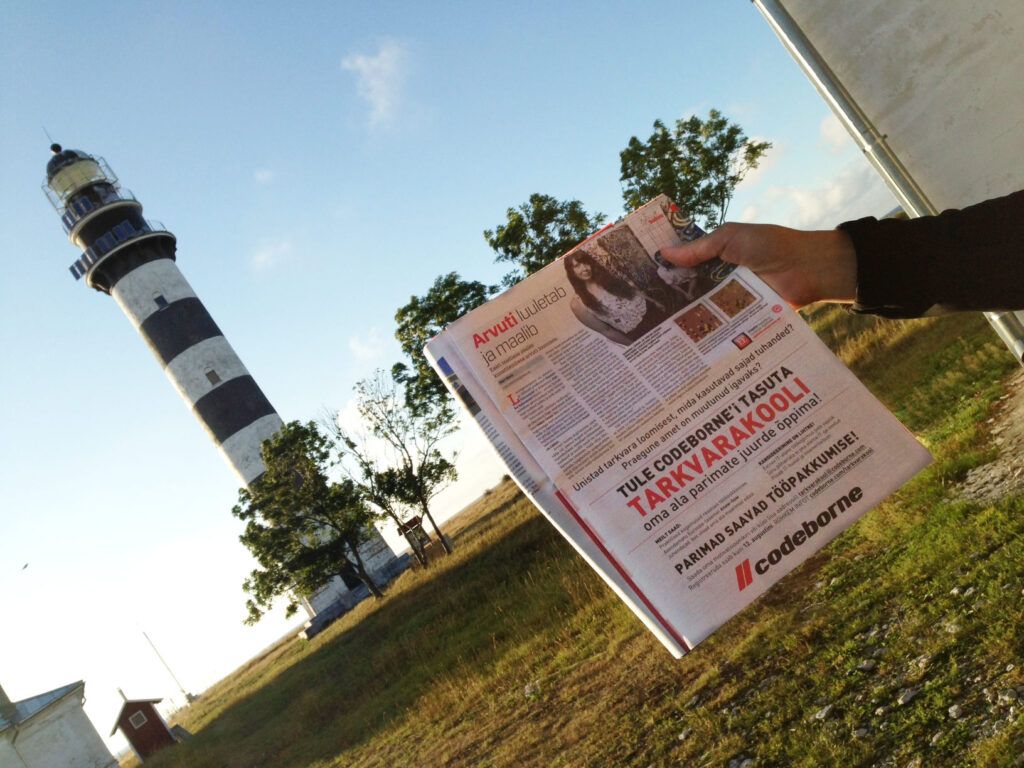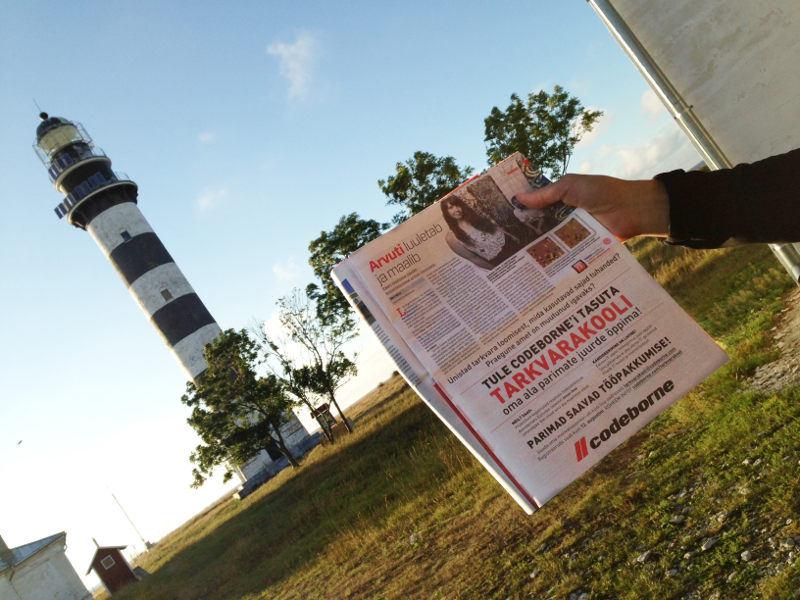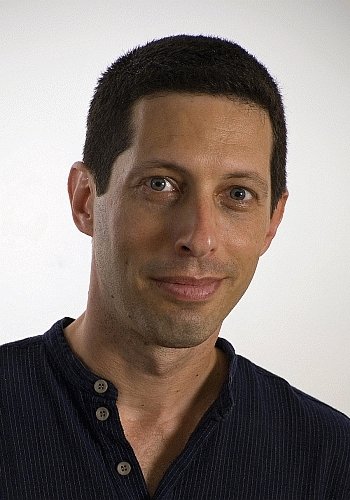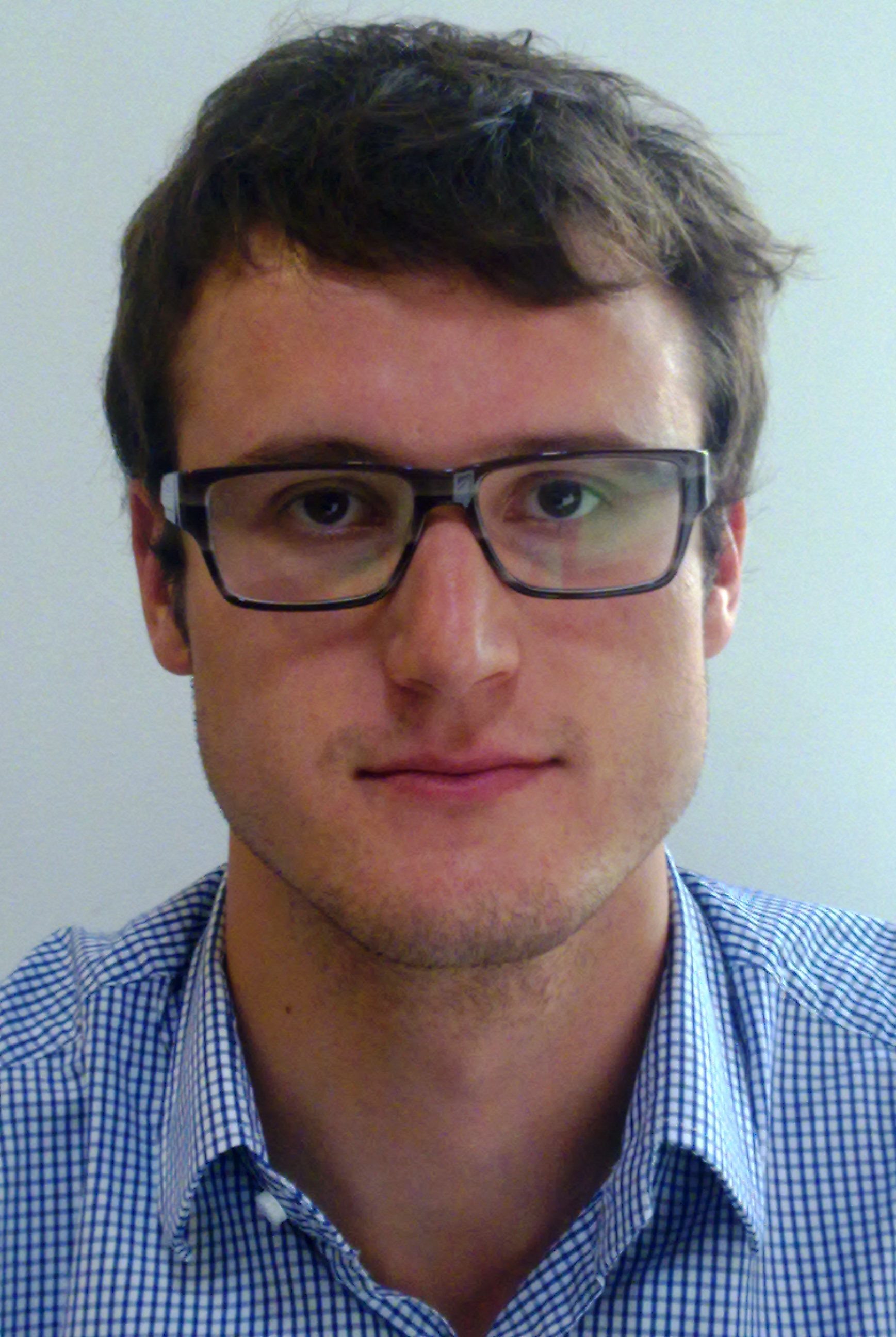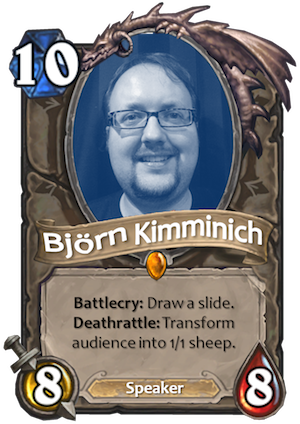Targo Tennisberg
 Agile product development in public sector
Agile product development in public sector
“Agile” and “public sector contracts” are often considered to be mutually exclusive terms. However, it is possible to make it work and reap the associated cost savings. We are currently using about 80% of “handbook Scrum” doing public sector work, and we consider this an optimal level.
In addition, we are doing active development for multiple simultaneous customers with their own independent budgets and individual crazy wish-lists while maintaining a common core product.
The talk describes our journey and the current situation: how did we get here and why did we make these particular choices? What did we choose to keep of Scrum and what are we leaving out? How do we juggle and unify the multitude of requirements, plan our work and deliver the results? Also mentioned: the importance of good tools, customer relationship management, and clear technical vision.
BIO:
Targo has been involved in the software industry for 18 years, working in both technical and management roles, and on projects involving from just a handful to up to thousands of people. He is currently working as a software architect in Nortal, inventing more efficient methods for public sector information management.
You can read his thoughts on software and other related matters at http://www.targotennisberg.com/tarkvara/ (in Estonian).



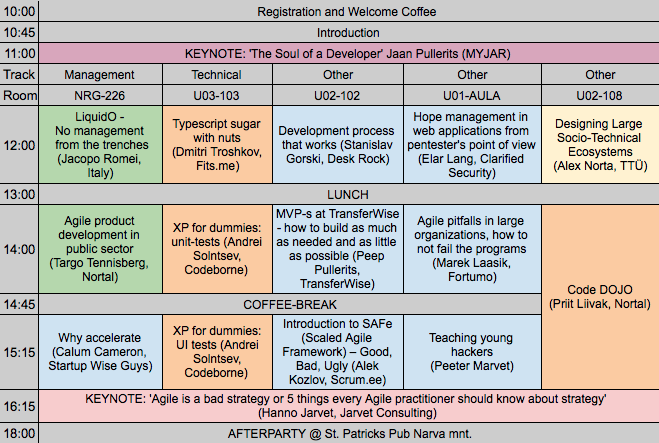

 How to make automated test bots play 3D games
How to make automated test bots play 3D games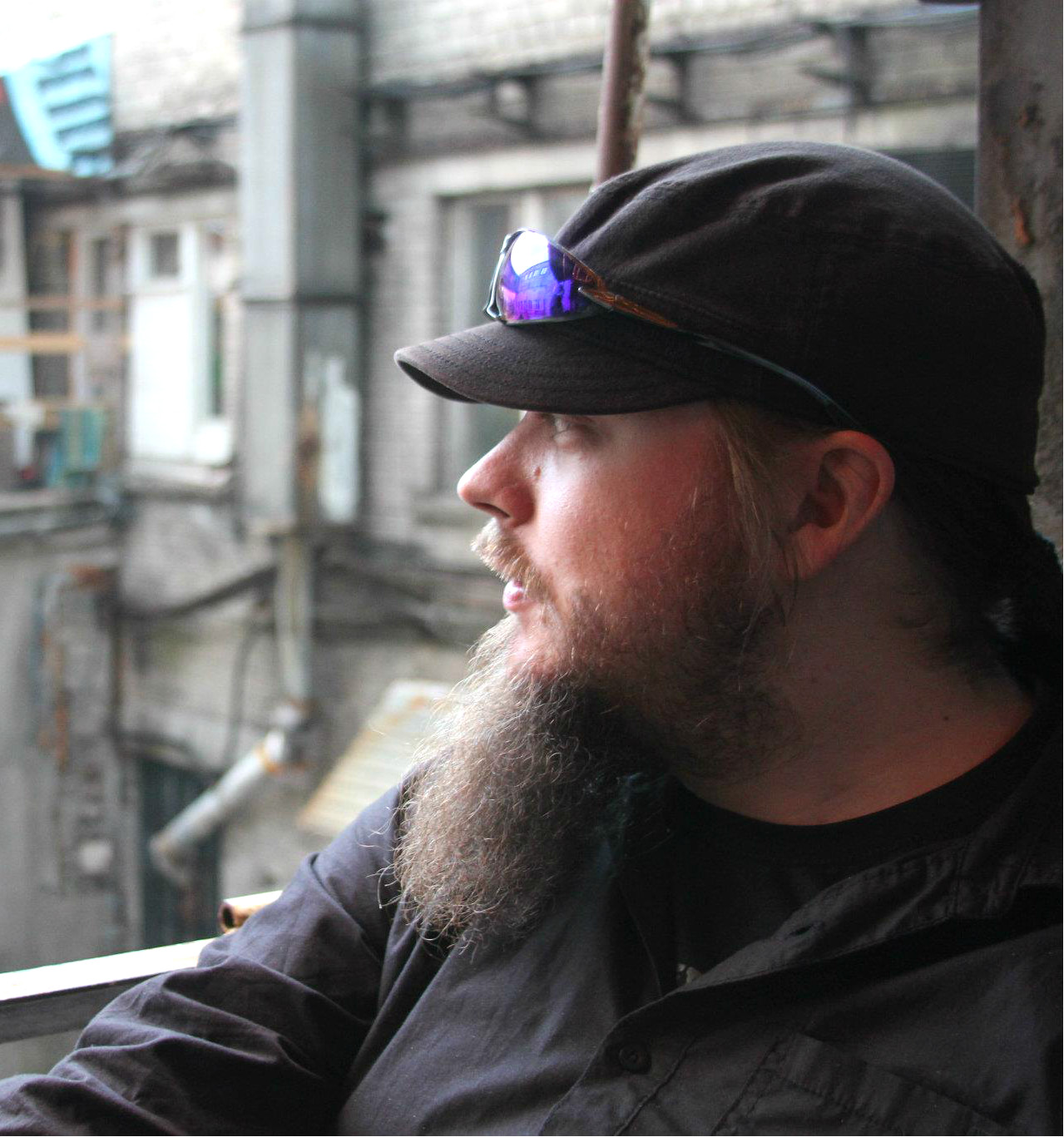
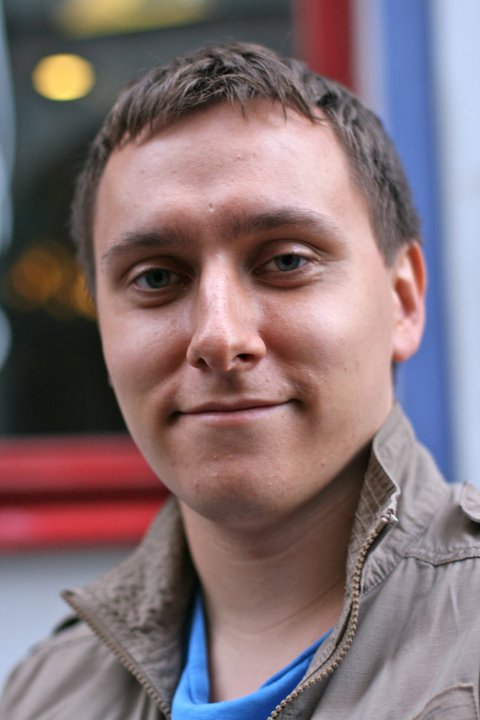 Test Driven Development: An Essential Practice To Go Fast
Test Driven Development: An Essential Practice To Go Fast